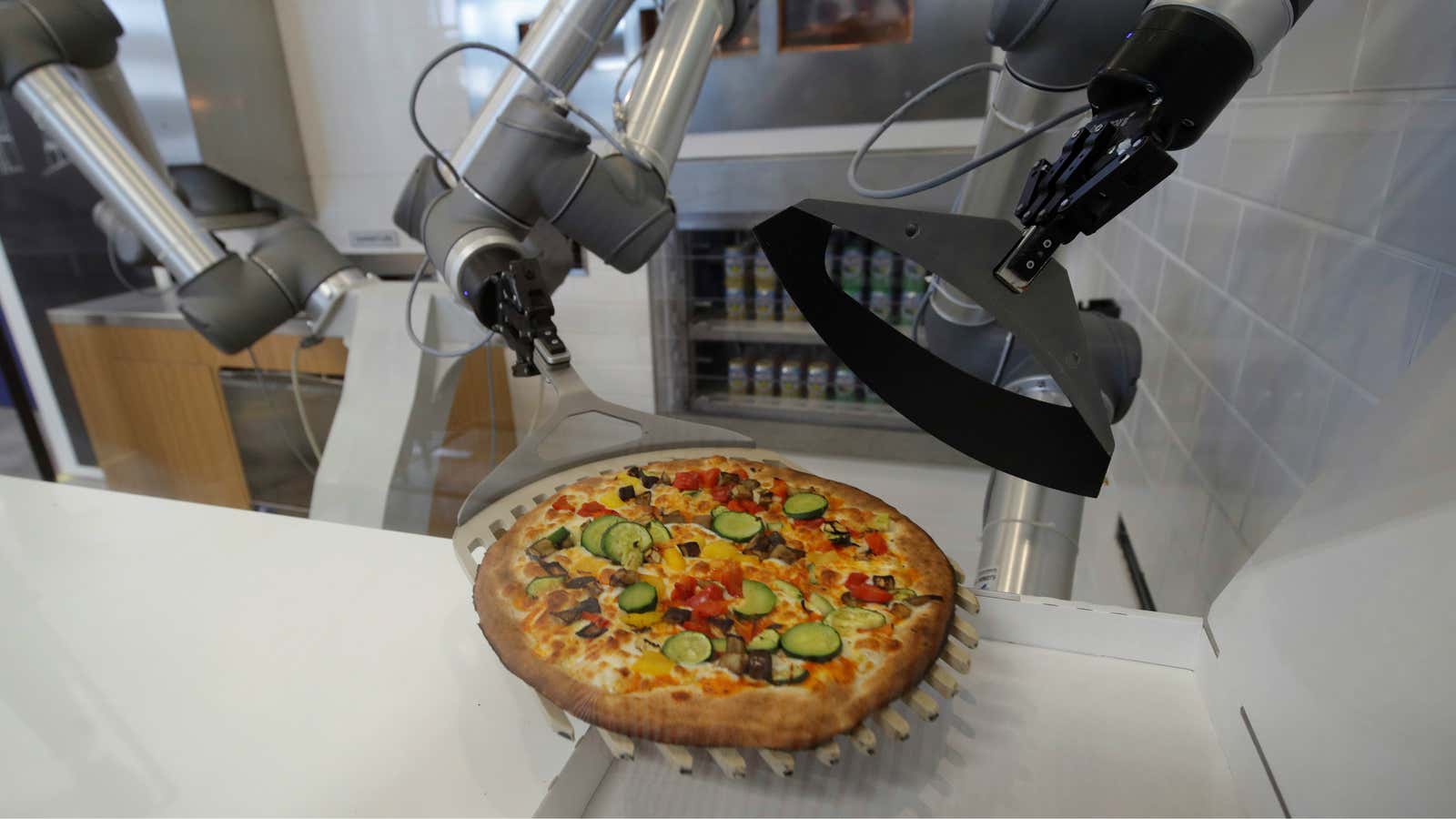After what was perhaps the biggest technological revolution in human history, workers ended up better off overall, even though many lost their jobs. This is something to keep in mind when considering the future of work.
In the 19th century and early 20th century, improvements in plows, tractors, and combine harvesters put millions of farmworkers out of a job. In the US, the number of people working agriculture fell from about 12 million in 1900 to just over 3 million in 1970, even as the total population almost tripled over that time. (Most other rich nations followed a similar pattern.) Although many who lost their jobs suffered at the time, the average worker was much better off in 1970. Many of the people who would have worked on farms found jobs in manufacturing and earned higher salaries because they were a lot more productive.
Today, many people fear that revolutionary technologies in robotics and automation are once again going to disrupt labor markets in a big way. They say this time is different, and new jobs won’t appear to replace the old ones. A universal basic income will be necessary to help the masses who can’t find meaningful work.
But over the past several decades, explain economists Daron Acemoglu and Pascual Restrepo in an important new paper (pdf), workers saw relatively meager improvements in pay when technology improved at a slower pace. In other words, it is during less disruptive, revolutionary periods that displaced workers end up worse off, they argue. Fewer high-paying jobs spring up to replace lost jobs in these times.
In their paper, published in the Journal of Economic Perspectives, Acemoglu and Restrepo claim that a key concern about the effect of automation is whether it raises the demand for other stuff in the economy. When agricultural jobs were destroyed, farms became much more productive. This meant industries that still needed people, like manufacturing, which was growing strongly thanks to the huge technological breakthroughs that put farmers out of jobs, eagerly took on new workers.
By contrast, innovations aren’t as beneficial when they only lead to small improvements in productivity. The economists give the example of automated phone customer service as a technological improvement that led to marginal productivity gains. Very few new jobs are created because companies no longer have to employ as many people answering phones.
“Hence, contrary to a common presumption in popular debates, it is not the ‘brilliant’ automation technologies that threaten employment and wages,” they write. “But ‘so-so technologies’ that generate small productivity improvements.”
To make their point, Acemoglu and Restrepo analyze data from the US Bureau of Labor Statistics. The data include information on the tasks people are asked to do in specific jobs. Using this task-based information, they can tell whether jobs being created are “new” types of work. They found that from 1947 to 1987, the impact of new technologies both destroying and creating jobs was relatively balanced. But from 1987 to 2017, automation displaced many workers, without creating as much new work. As a result, more people are competing for a similar set of jobs, driving down their wages. (The decline of unions during this period was another important factor.)
The economists offer a few suggestions to fix the problem. In the US, for instance, they point out that the government subsidizes a company’s equipment purchases but taxes labor. This has the effect of making investing in so-so technologies more appealing then they would otherwise be. Getting rid of these subsidies would help. They also point to the fall in government spending on research with long-time horizons, which may help uncover the next truly revolutionary technology.
